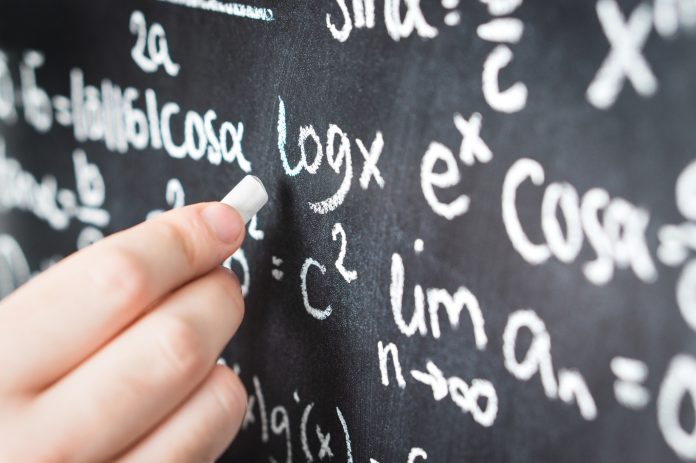By Cole Lauterbach
(The Center Square) – Illinois schools were plagued with teacher shortages in 2020 due to new state-mandated personnel requirements and a general hesitance by educators to re-enter classrooms.
The Illinois Association of Regional Superintendents of Schools released its fifth-annual Illinois Educator Shortage Study, showing the COVID-19 pandemic had thrown many districts’ educational plans into tailspins.
Most notably, the survey found 938 teaching positions are either unfilled or filled with someone not qualified for the position, affecting nearly one-in-five of the districts that responded. Staffing shortages had become so severe that more than 250 classes were canceled and 200 were moved online because school administrators could not find educators willing to teach them.
“Districts were trying to meet the needs of physical distancing,” said Mark Klaisner, IARSS President and Executive Director of the West40 ISC west of Chicago. “But five vacancies in a school of 100 kids and you would have to shut the whole school down.”
Many teachers’ unions across Illinois coalesced around demands for safe working conditions that would minimize potential COVID-19 exposure. In Chicago, CPS had installed expensive new air filtration systems and other sanitation processes but the teachers union remained in a standoff with the city for weeks after, threatening to strike. Klaisner said some other teacher unions proved instrumental in working with new teachers to ensure they were prepared to teach in an unconventional environment.
COVID-19 distancing requirements and teachers conducting class remotely due to fears of infection led to a broad need for additional staff, the report said. The administrators referred to them as non-certified staff, health monitors, or “paraprofessionals” that would mainly interact with students in the classroom and elsewhere at school in absence of teaching staff. Others just referred to the expanded staff as substitute teachers or “full-time subs.”
Klausner said these positions were expensive and hard to find since many substitute teachers are retired educators who didn’t want to be back in the classroom risking exposure.
“Forty percent of them tried to add additional [paraprofessionals] to keep a form of education and learning going during this global pandemic,” he said. “We also found that a third of the districts said that they had a real hard time finding them.”
Those polled were allowed to comment anonymously, most often remarking about how many teachers were leaving, retiring or were taking weeks off at a time due to COVID-19 concerns.
“We have had to add almost $600K in additional teachers and long-term substitutes to handle scheduling requirements brought on by COVID,” one superintendent from Northeastern Illinois said.
“Our staffing issues relate more to covering staff members approved for remote work accommodations or leaves and not resignations or retirements,” said another.
Many superintendents expect the coming school year to be worse.
Originally published by The Center Square. Republished with permission.








